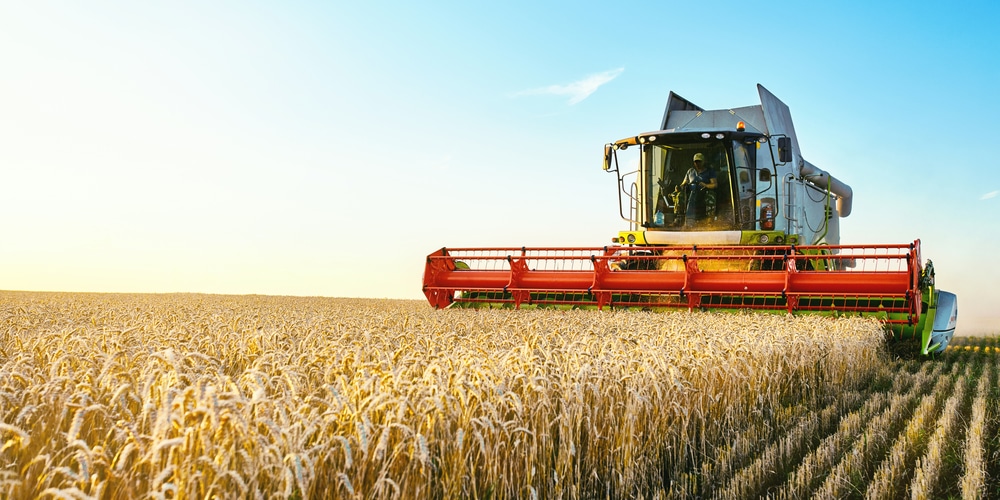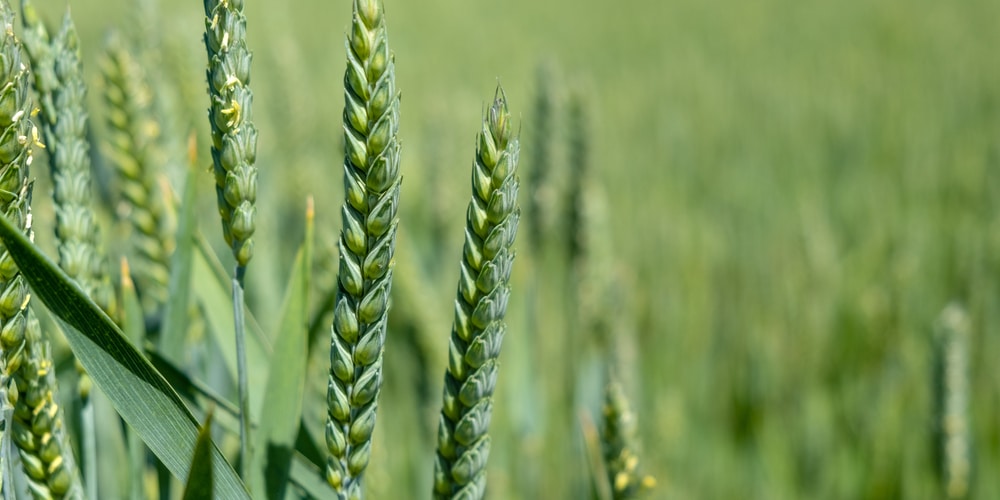Have you ever used the terms hay and wheat interchangeably? If yes, you might not know that the two indicate two different things. But, don’t worry: you are not alone. Indeed, it is a relatively common “mistake” many people commit.
And while it makes little difference if you are talking with your friends, not being able to tell hay from wheat might cause issues in your garden. Indeed, you can use both as organic mulches.
However, they will give you different results, meaning knowing about their characteristics will help you use them for their purpose.
In this “Hay vs. Wheat” essential guide, you’ll learn everything you must know about the two so that nothing will stop you from keeping a healthy garden!
What is Hay?

Hay is essentially a crop that gardeners grow and harvest to use as food for cattle, horses, and farm animals. It is greenish and usually has a couple of leaves on each stem. You might confuse hay with wheat, but here is a trick to tell the two apart: look at the color and weigh the two with your hands! Indeed, straw is yellow to brown and doesn’t have “heads.” On the other hand, hay is green and usually heavier.
Also, several plants make up hay. They usually grow in a field and grow until gardeners cut and bale them to feed their animals. And while you can use it as mulch, the problem with hay is that it might germinate in your garden and create an issue with weeding.
We could say that straw is the by-product of wheat. But jump to the following sections to learn more about this and the differences between the two.
What is Wheat?
Wheat is grass (or, better, a cereal grain) that humans have cultivated for centuries. It is highly nutritional and one of the most important crops in the world. After all, it is the second most-produced grain in the world, preceded only by corn.
There are several wheat varieties, which you may identify by looking at their shape, color, and hardness. Some grow in the summer and others in the winter and have different uses. Two-thirds of wheat supplies food to humans. However, you may also find it as an ingredient in paper, some pharmaceuticals, soaps, and adhesives.
Hay vs. Wheat: All You Need to Know
Straw is a by-product of wheat. And if you know anything about gardening, you must know how helpful it might be in mulching. Essentially, straw is the grain stalks (and has no seeds).
On the other hand, hay includes a combination of dry grass or legumes and, therefore, has seeds and leaves. While you can use wheat for various purposes (to make beds, feed, mulch, or compost), hay’s characteristics make it less versatile. Indeed, it is best grown as food. Its high nutritional value makes it the ideal solution for cattle growers and people needing to feed farm animals.
Since straw doesn’t contain seeds, it works excellently as mulch: you can apply a layer without spreading weeds or other crops around your garden. Doing so will allow you to insulate the soil (which will keep your plants warmer at night), retain moisture, and control weeds.
Some people use it as an alternative to the traditional substrate to “hill” potatoes (or other crops). Plus, you can use straw to grow your vegetable in bales, which can help you maximize your space usage while increasing your garden’s aesthetics.
Both hay and wheat will decompose over time and increase the soil nutrient content, acting similarly to compost or manure. However, as you may have learned by now, you will have much better results using wheat’s by-products (in the form of straw) for this purpose.

